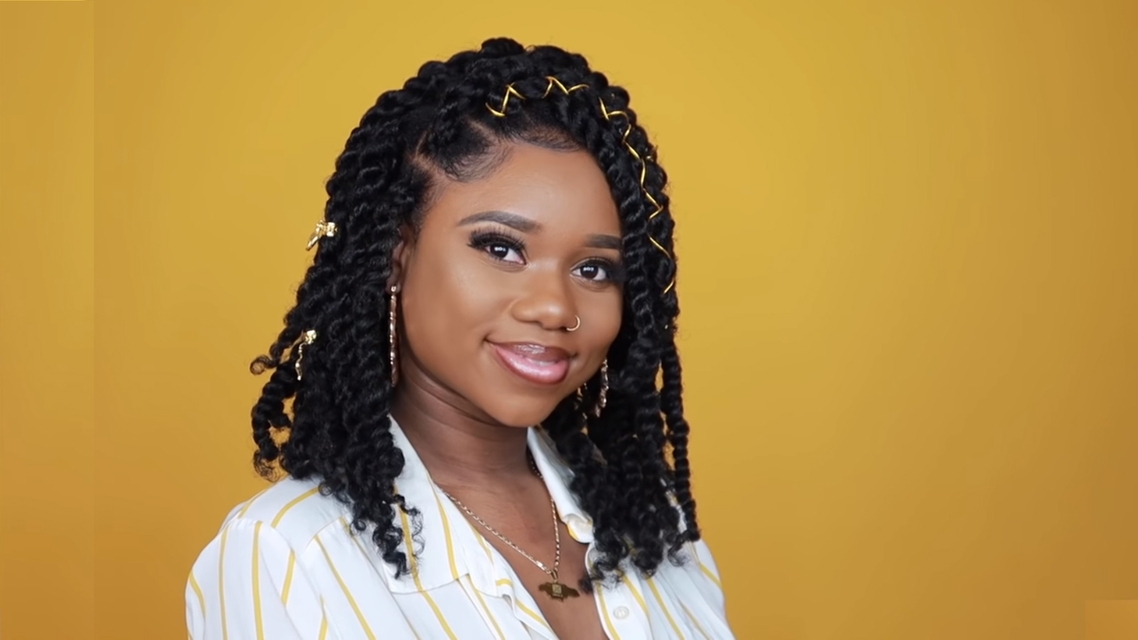
Faux Locs: A Comprehensive Guide for the Natural Hair Community
Faux locs are a popular hairstyle within the natural hair community. They provide the appearance of traditional dreadlocks or "locs" without long-term commitment. This versatile style allows individuals to experiment with length, color, and texture while also protecting their natural hair. Before diving into the guide on faux locs, let's explore the history of this unique hairstyle.
The History of Faux Locs
The origin of faux locs is hard to pinpoint, as they are an evolution of traditional dreadlocks, a hairstyle with deep roots in various cultures across the globe. Dreadlocks can be traced back to ancient civilizations, including the Egyptians, Greeks, and East Indians, among others.
In the African and African diaspora communities, dreadlocks hold significant cultural and spiritual meanings. Rastafarians, for example, consider dreadlocks a sign of their faith and a symbol of resistance against oppression. However, it's essential to clarify that faux locs, while inspired by dreadlocks, don't carry the same cultural significance.
Faux locs emerged as a hairstyle in the late 20th century, gaining popularity in the 1990s and 2000s. They provided an alternative for individuals who admired the aesthetic of dreadlocks but were hesitant about the permanence of the style or potential damage to their natural hair.
Understanding Faux Locs
Faux locs are a protective style where extensions are wrapped around braided or twisted sections of the wearer's natural hair. The result is a look that resembles dreadlocks. The "faux" (French for false or fake) refers to the fact that these are not genuine dreadlocks, which are formed by matting and interlocking the hair.
Benefits of Faux Locs
- Versatility: Faux locs can be styled in various ways, from simple down-dos to intricate updos. They can also be installed in different lengths, thicknesses, and colors, offering a wide range of possibilities for self-expression.
- Protection: As a protective style, faux locs shield natural hair from environmental damage. They keep the hair tucked away, reducing breakage caused by heat styling, chemical treatments, and everyday wear and tear.
- Ease of Maintenance: Once installed, faux locs require minimal daily maintenance, making them a convenient choice for those with busy lifestyles.
Installation of Faux Locs
The installation process for faux locs can be time-consuming and requires a certain level of skill, so it's often done by a professional loctician or hairstylist. The process involves braiding or twisting the natural hair, then wrapping extensions around each section to create the appearance of locs.
There are several methods of installing faux locs, such as the traditional wrap method, crochet faux locs, and goddess locs, each resulting in a slightly different look and texture.
Caring for Faux Locs
While faux locs are a low-maintenance style, they still require care to keep them looking their best and to ensure the health of your natural hair underneath. This includes regular scalp cleansing, moisturizing, and properly drying the locs to prevent buildup and odors.
Faux locs offer a stylish, protective, and versatile option for those in the natural hair community. They carry the aesthetic appeal of dreadlocks without the permanence, allowing individuals to experiment with their look. As with any hairstyle, proper care and maintenance are essential to keep faux locs looking their best and to maintain the health of your natural hair.

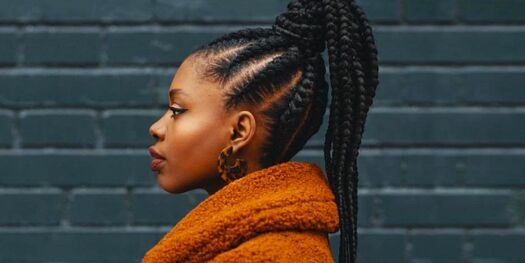

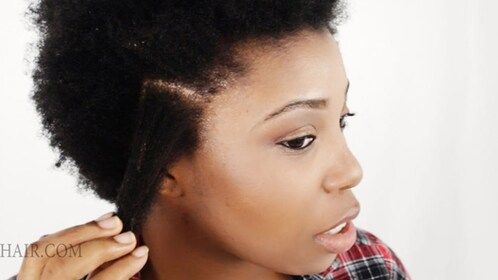
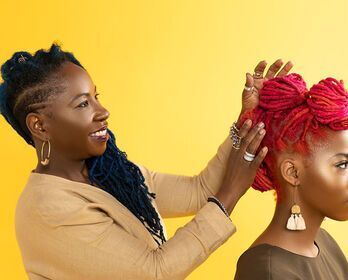
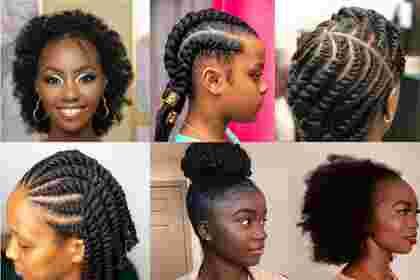
Leave Comment Below
0 Comment(s)